The Gin Smart radio holder is a holster-style radio holder with an integrated zipped pocket for...
34,20 €
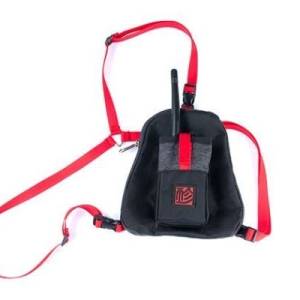
The Gin Smart radio holder is a holster-style radio holder with an integrated zipped pocket for...
34,20 €
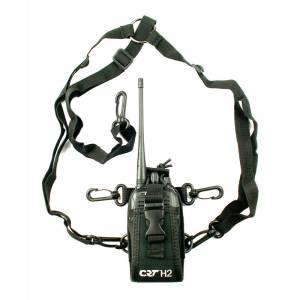
12,50 €
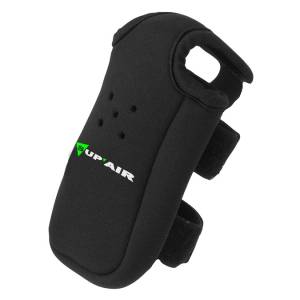
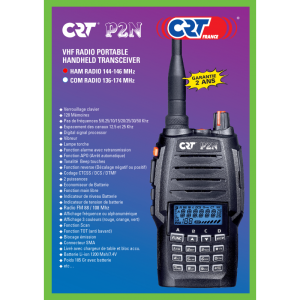
89,00 €
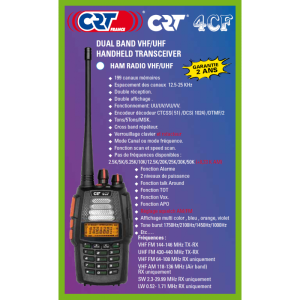
129,00 €
The radio is a practical and efficient means of communicating with other pilots or with the emergency services. A radio is essential for high mountain flying and is strongly recommended for paragliding. It works like a walkie-talkie. Whoever presses the button can speak while the others listen to the message. For this to happen, the whole group must be on the same frequency, of course.
It is therefore a formidable means of communication in the wilderness. If the mobile phone network does not work, the radio still works and allows you to contact the rescue services via other pilots.
The paragliding radio is also a very practical teaching tool that allows instructors to guide students during their flight. It is thus possible to make them correct a course or to make a specific action on the controls.
In the end, the radio is an integral part of the paragliding equipment.
VHF (Very High Frequency) radios operate on a frequency range of 30 Mhz to 300 Mhz, whereas UHF radios operate between 300 Mhz and 3000 Mhz.
This technically translates into a much better range for VHF signals. VHF radios also offer better transmission stability whereas UFH versions can easily be disturbed.
This is why in paragliding and in the world of free flight, but also in all mountain sports and the navy, VHF radio is preferred to UHF.
Having a radio is good, but you still need to know which frequency to use in order to communicate with other paragliders.
For this there are now 2 approved frequencies:
The first frequency is accessible throughout the country and is primarily reserved for emergency services and automatic weather messages.
The second frequency, on the other hand, was created more recently and can be used by any member of the FFVL. In areas with a high density of paragliders it can however be quickly saturated. Some paragliding radios allow the creation of sub-groups on the same frequency (CTCSS function). Do not hesitate to use it if your radio allows it to unload the main frequency. Be careful, this FFVL frequency for paragliders 154.150 MHz is not yet a national frequency. It is currently only valid in the following departments: 04, 05, 06, 11, 26, 38, 63, 64, 68, 73, 74.